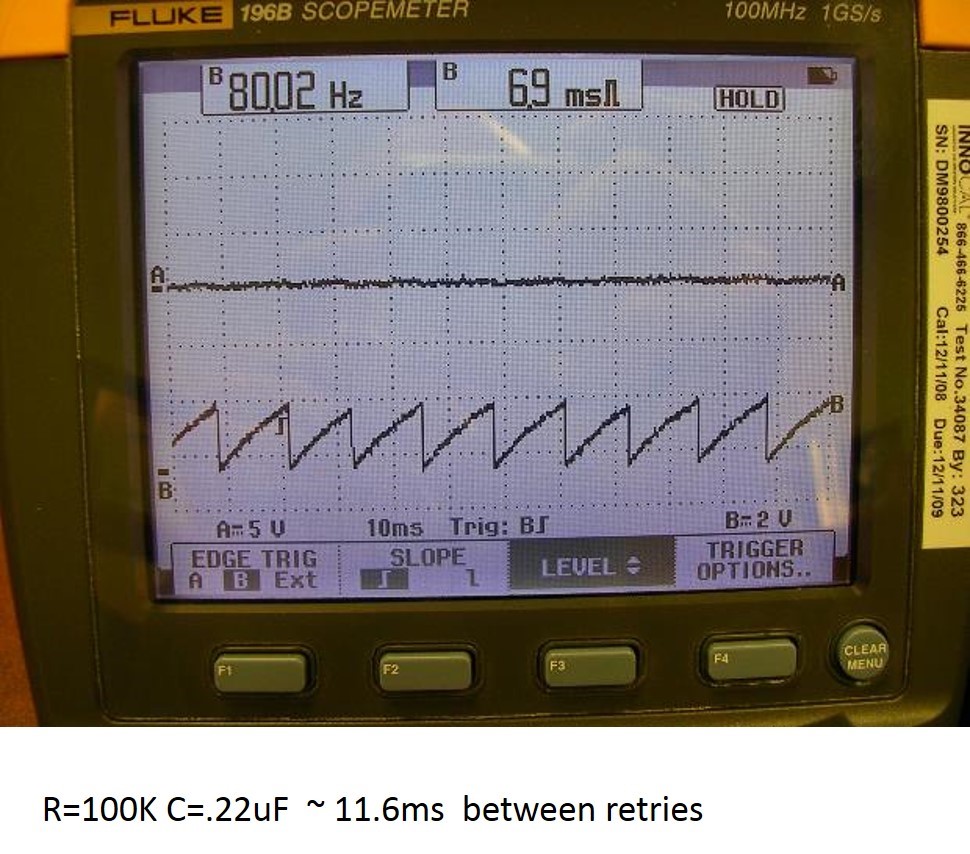Regarding the TI TPS2561, which has active low OC pins and active high enables; if my hub controller doesn't have output pins to drive the enables, can I connect them to the over current lines, and let the power switch disable itself in an OC situation?
-
Ask a related question
What is a related question?A related question is a question created from another question. When the related question is created, it will be automatically linked to the original question.




